
Supporting women through the messy middle of their careers
International Women’s Day may well be over, but progressive agency leaders remain focused on supporting women at every stage of their careers.


In an age awash with content, the ability to cut through is becoming increasingly important. With 90% of businesses now in the act of making content and 60% planning to up their budgets this year, according to Forrester, it’s no surprise that brands are having to work harder to be noticed in this now fiercely competitive space.
Brands with content at their core like Red Bull and Nike are proof that this is an effective long-term strategy to build deeper relationships. More recently Chipotle has won worldwide acclaim for its slam at the Big Food movement with a mini-series that aired on Hulu and The Scarecrow on YouTube; the latter sparked over 18.4 million conversations on social media in the first month alone. Chipotle has successfully introduced a difficult and complex subject to a mass audience, without spending in mainstream channels.
Too many brands are riding the wave of creating content, but few manage to engage in the long-term. It’s those that recognise that content must play a role within customers’ lives who will cut through. “Be useful or interesting to them at precisely the right time,” says Ben Lavery of Scorch London. “Get your distribution strategy right. Make sure that everything you do has a reason to exist from your audience’s perspective.”
Few companies are as extreme in their content marketing strategy as Red Bull. The brand has its own Media House employing 135 people and has to some degree avoided a traditional approach to advertising. Red Bull has built its story around a lifestyle, appealing to thrill seekers and adrenalin junkies. When was the last time you saw a Red Bull can in their comms?
Felix Baumgartner’s supersonic freefall from the edge of space is a shining example. The footage on YouTube was viewed by over 8.3m people, making it the most watched live stream of all time. The content strategy was led by digital media and public relations agency TVC Group.
Agency: TVC Group
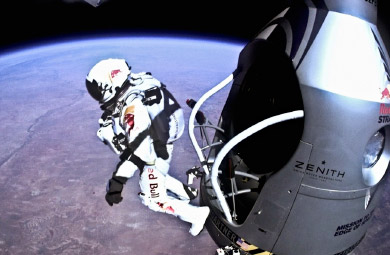
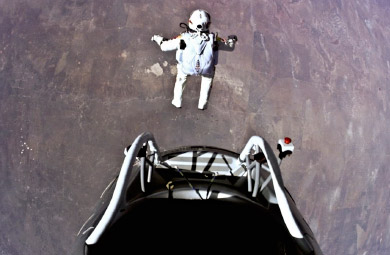
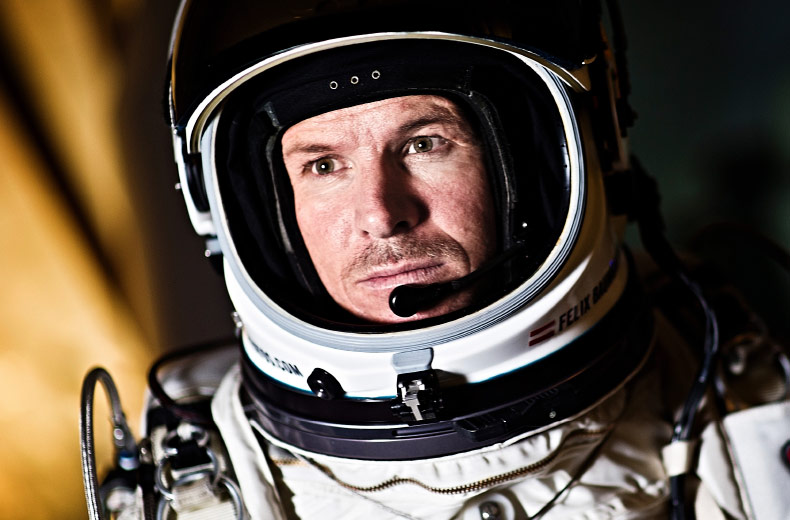
Bombay Sapphire leverages the creative expression of its customers through the Imagination Series. In 2013 over 1,700 amateur script writers pitched their hopes at appearing at the Tribeca film festival and the brand won a BAFTA.
Agency: Gravity Road, London
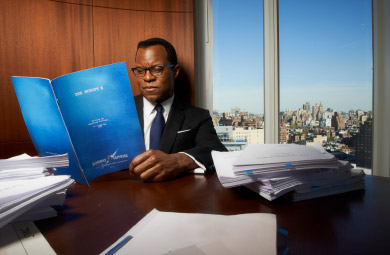
2014 was the year the Brit Awards became social with a 180% increase in Tweets and an 87% increase in social media followers. How? A seven month build-up designed to promote engagement with music fans, through YouTube, Twitter and Facebook. This continued with real-time analytics on the night.
Agency: Somethin’ Else
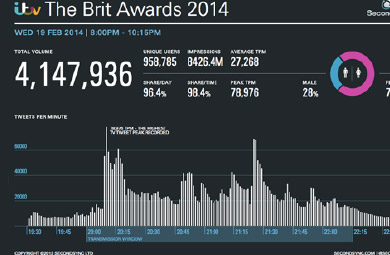
The Mercedes-Benz #YOUDRIVE TV campaign let fans shape the ending of the ads through Twitter, enabling them to interact in real-time. The campaign responded to the trend for second-screen viewing and the move towards personalisation of content.
Agency: Holler & AMV BBDO

Looks like you need to create a Creativebrief account to perform this action.
Create account Sign inLooks like you need to create a Creativebrief account to perform this action.
Create account Sign in